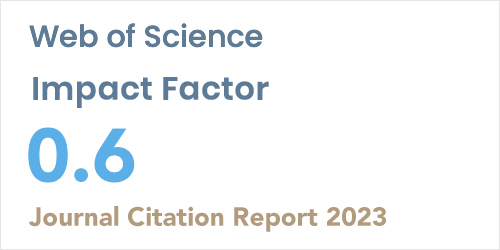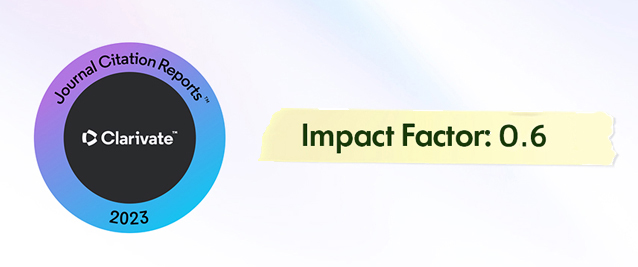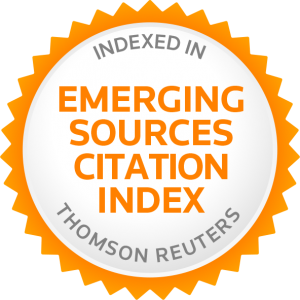Abstract
This study investigates the novel sequel of soret, dufour, and thermophoresis on a chemically reacting porous stretching plate. With a transverse magnetic field, the fluid model is two-dimensional. Using the similarity transformation, the non-linear governing partial differential equations are converted to solvable ordinary differential equations, which are numerically solved using bvp4c. Graphs depict velocity, temperature, and concentration curves for various parameters. The values of skin friction, Nusselt number, and Sherwood number are shown in tables. The velocity profile decreases with the rise in Magnetic parameter and porosity parameter. The temperature profile escalates with the rise in thermophoretic parameter. While the concentration profile decreases with the rise in thermophoretic parameter. Also, the concentration profile escalates with the rise in Soret number. The Soret effect of a chemically reacting porous stretching plate causes species migration due to temperature gradients, whereas the Dufour effect creates heat due to concentration gradients, affecting temperature and concentration profiles. Thermophoresis moves particles over temperature gradients, impacting species distribution and reaction rates. These factors complicate heat, mass transmission, and chemical processes. In comparison with previous studies, the current results are considered to be quite excellent. Current research applies to industrial appliances, food, cosmetics, and biomedical sectors.














